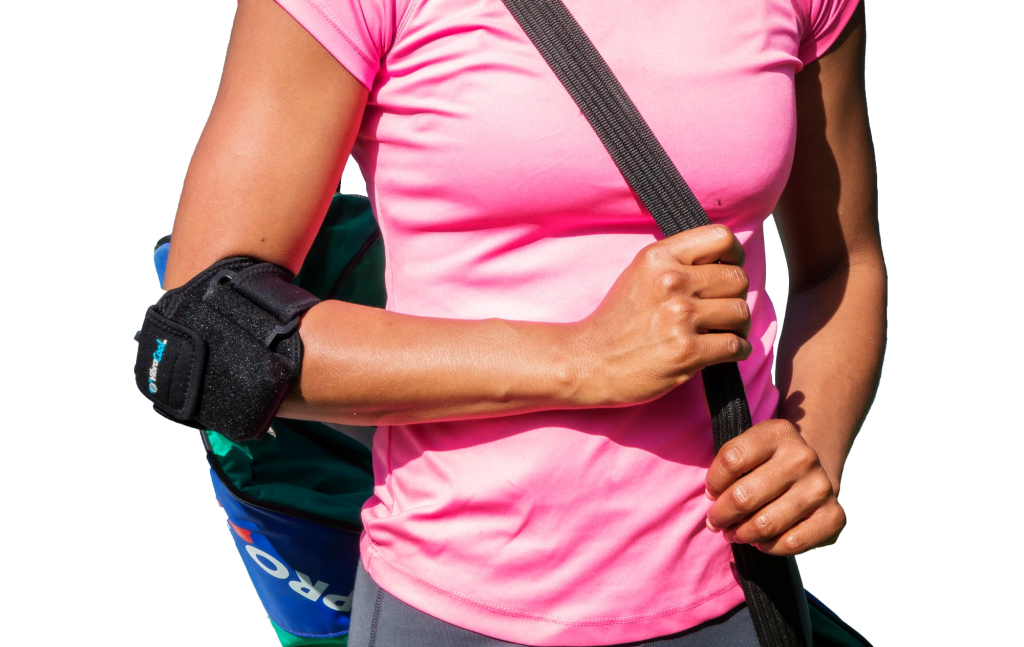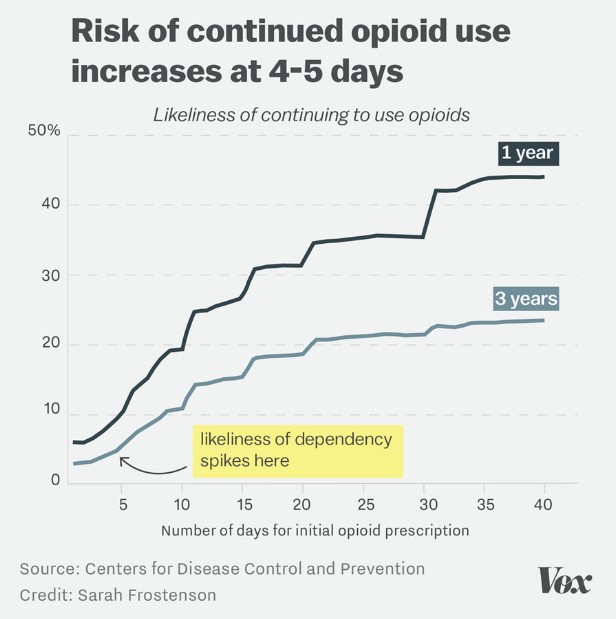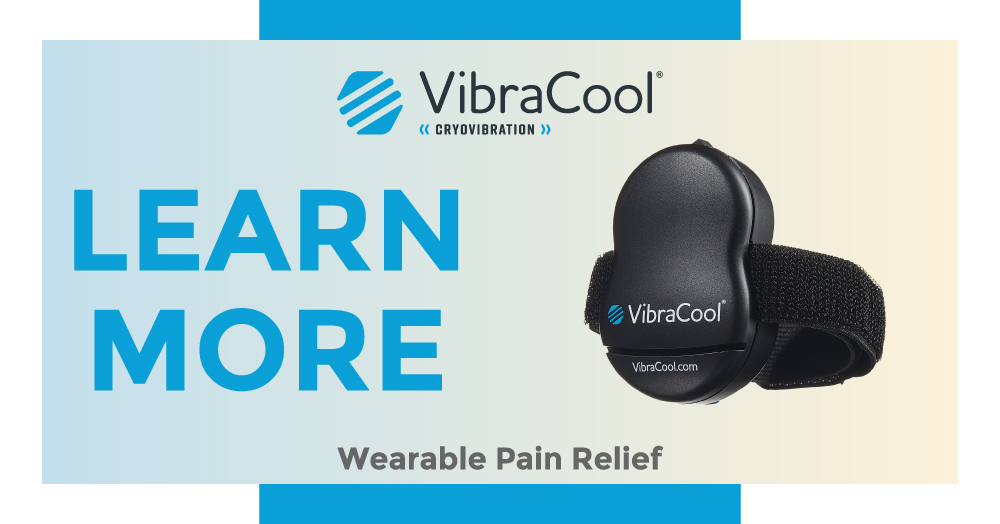
An alternative option for pain care management and sport injuries
Injuries are inevitable. While few are life or participation-ending, any injury can take your student athlete temporarily out of the game. From a minor bruise to an anterior cruciate ligament (ACL) tear, what does the student athlete do? While times are changing, some “old-school” schools used to have opioids in a desk to keep valuable players in the game. We know more now about dangerous pain relief, as well as new technology to help heal healthily.
Why Student-athletes Need Opioid Alternatives
Losing play time or appearing to be less-than-tough can be devastating to any student athlete. When a coach is urging play despite an injury, student athletes are in a bad situation. First, they need to know that no matter how valuable they are to the team, taking an opioid – theirs or anyone else’s- to keep them in the game is not healthy or fair to them. Second, while opioids may be prescribed when an injury is severe, the risk of opioid use disorder increases after three days so make sure the prescription is small.

Along those lines, most recreational opioid use starts in parents’ medicine cabinets from prescriptions kept “just in case” [Paulozzi J C, Mack K. Sources of prescription opioid pain relievers by frequency of past-year nonmedical use: United States, 2008-2011. JAMA Int Med. 2014;174(5):802-803], so ditch any leftovers. And finally, about 15% of the population metabolizes pain pills so fast they get a rush. These “rapid metabolizers” [J Am Coll Clin Pharm. 2022;5:239–250] are at much higher risk of addiction, so if your student athlete gets happy after an opioid, they should know they’re at high risk.
Now that it’s clear what NOT to do, what is the best first aid and path to recovery? If the athlete cannot bear weight, or if there is any asymmetry, seek medical attention. Regardless of the injury, the first thing that should be done is ice and rest for the first three days. Do not stretch an injured area: this will not only create more pain, but also tear the healing tissues and slow the process down. Icing decreases the inflammation and assists with the healing phase. If there is swelling, using an elastic wrap (from the bottom up) or neoprene cuff can give the area support while keeping edema (extra fluid) down
After three days, it is time to start getting mobility back. To separate the muscle fibers that have been stuck with fluids from the injury, apply heat for 15 minutes to the injured area, with or without vibration directly on tight spots. Stretch the area and hold for 15 second bouts repeating 3-5 reps gently. This allows the connective tissue (i.e. fascia, ligaments, and tendon) and muscle to lengthen and regain the lost elasticity that it had prior to the injury. In addition to stretching, foam rolling tissue (only for minor injuries) for 90 – 120 seconds before working out can be an excellent adjunct to help restore mobility[study].
If after seven days, the student athlete does not see considerable improvement in both feeling and moving better, it is recommended to seek medical attention.
Healing Strategies
Once heat, stretching, and possibly vibration are utilized, it is important to improve cardiovascular efficiency. Simple walking on a treadmill or outside on a flat terrain for 10-15 minutes will improve the muscular endurance of the specific tissue. Follow this with stretching.
Next, increase walking time and distance. To get back to playing a sport, the body needs to go through various phases of healing, coupled with a multi-phase training approach. This is called periodized training. Whether managing an injury to the shoulder, spine or lower body, it is important to stay active.
If the student athlete injures their shoulder, the next logical intervention is stretching and active use. This is followed with light resistance training exercises.
If an athlete sustains a lower body injury, after utilizing stretching and light resistance exercises, running is the next logical intervention that will provide the body with the higher level of conditioning it needs.
Start with running one time a week, then increase to two or three. Jeff Galloway, an American Olympian recognized for his running books and training programs, endorses a program that alternates running and walking. It is now practiced worldwide, so it’s okay to run some and then slow the pace.
Running will challenge the musculoskeletal system, toning the body, creating a lean torso and physique. Don’t overdo it! If the pain doesn’t go away, consider seeing a physical therapist. A physical therapist will conduct a comprehensive examination, determine the extent of the injury and use interventions that will facilitate healing. In the meantime, use VibraCool to help with pain and continued healing.
Explore 'Opioid-Free' Techniques for Pain Management
For pain in the back, shoulders, hips, thighs, or knee, ice the area and rest. Another option is to use VibraCool®. VibraCool uses vibration in a specific frequency, also called mechanical stimulation (M-Stim®), which separates muscle fibers and improves blood flow. A timed thin intense ice pack then reduces the inflammation. Most therapists recommend using the M-Stim alone for 5 minutes before a workout to help warm up a muscle and increase range of motion, then using the ice and vibration after a workout to reduce any inflammation from overuse and to keep the muscle fibers loose. VibraCool is intended for elbow pain (epicondylitis), knee pain (IT band, meniscus injuries), strains and other muscular injuries, providing continued healing to get the student athlete back in the game!
By Chris Gellert, PT, MMusc & Sportsphysio, MPT, CSCS, C-IASTM, NASM-CPT

